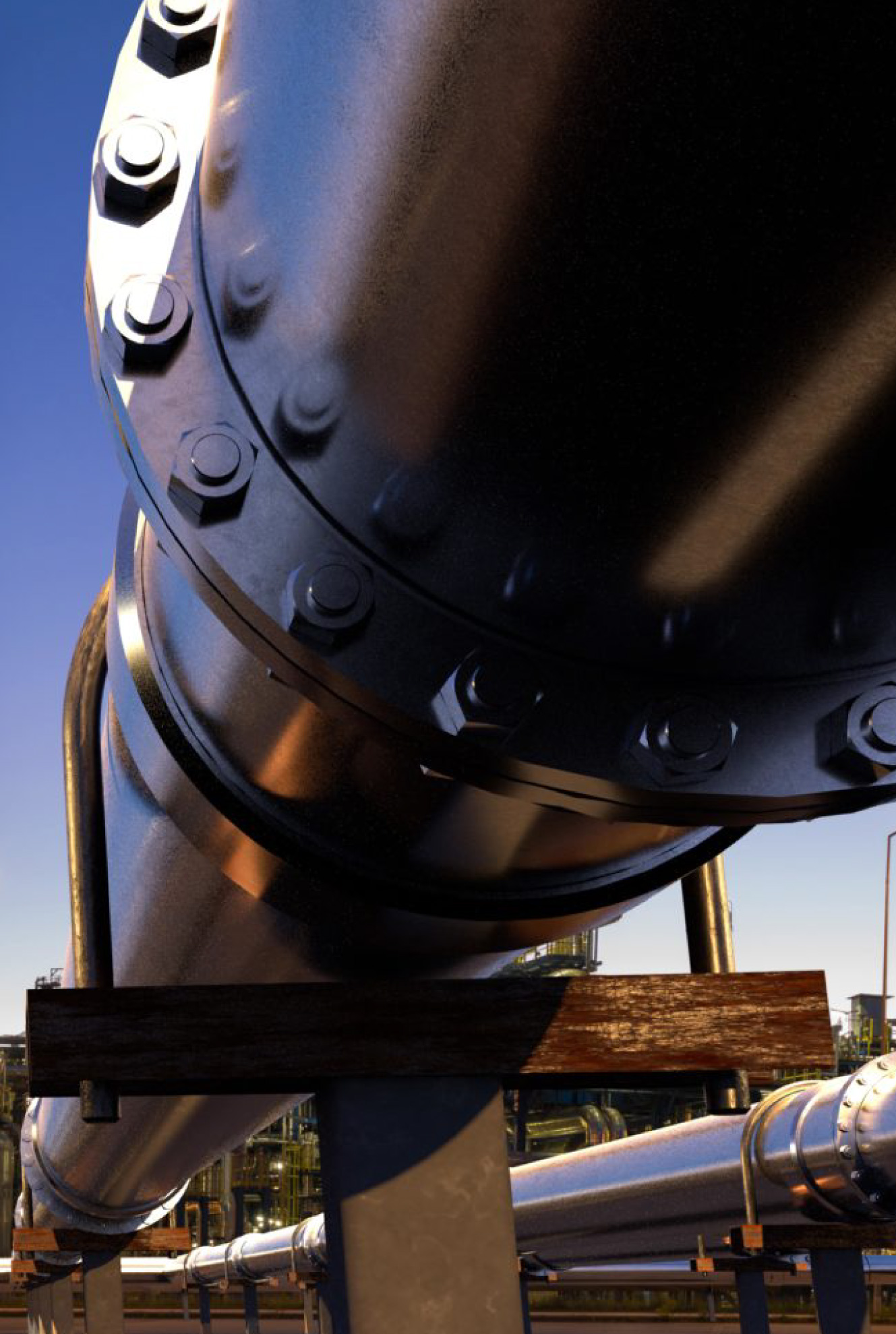The Tharjiath-Palouch Crude Oil Pipeline is a 350km pipeline that will connect Tharjiath Oilfields in Block 5A to Palouch Oilfields in Block 3&7 in the Republic of South Sudan.
Overview
South Sudan which is landlocked, produces and exports crude oil from three main oillfields; Block (3D,3E and 7E), Block 5A and Block (1A,1B and 4S).
Block 3D, 3E and 7E in Upper Nile State produces Dar Blend crude oil that is exported through the Petrodar Pipeline which is 1,504km and runs from the oilfields in South Sudan to the marine terminal in Port Sudan.
Block 1A, 1B and 4S in Muglad Basin, Unity State produces crude oil that is shipped 80km to Heglig while Block 5A in Tharjiath, Unity State produces crude oil that is transported 270km to Heglig where the two crude oil are blended and then transported on the 1,600km Greater Nile Petroleum Operating Company (GNPOC Pipeline) to Port Sudan.
However, due to difference of oil quality (Block 5A crude has a higher Sulphur quality), the amount of Block 5A crude allowed into GNPOC pipeline at Heglig is capped to 5%-10% of total crude oil delivered to Port Sudan, which amounts to less than 10,000 bbl/d. SPOC fields in Block 5A and were designed to cater for 80,000 bbl/ and the fact that the field is capped at 5%-10% or around 10,000bpd represents a huge waste of potential of an oilfield with an estimated 221 million standard tank barrel (MMSTB).
To unlock the full potential of Block 5A oilfields, a 350km tie-in pipeline has to be constructed from Block 5A, Tharjiath to Block 3D, 3E and 7E in Paloch. The crude oils from both fields have almost similar qualities and the pipeline will enable Block 5A to produce the maximum capacity of its processing facility which is 80,000 bpd.


South Sudan-Sudan Crude Oil Pipelines Map

South Sudan which is landlocked, produces and exports crude oil from three main oillfields.
The South Sudan-Sudan Crude Oil Transportation system includes two main pipelines;
- The Greater Nile (GNPOC) Pipeline starts at Heglig when the 270km Mala-Tharjiath Block 5A Pipeline meets the 80k Unity-Toma South Pipeline and proceeds 1600km to Marine Terminal Port Sudan
- The Petordar Pipeline (PDOC) starts from PS1 in Block 3&7 Palouch and ends at Port Sudan for a distance of 1,504km. The pipeline has six (6) pumping stations from PS1 in Palouch South Sudan to PS6 1300km away up to the Marine Terminal in Port Sudan.
Engineering, Procurement and Construction (EPC) and Operation & Maintenance (O&M)
TPCOP Ltd will award the EPC contract to a reputed and experienced pipeline construction company and it is estimated that the construction will take 24-30 months from detailed design, procurement, construction and final commissioning.
The pipeline will use API 5L X60 line pipes buried 1.2m underground for 350km from the tie-in at around 100km on the current Tharjiath-Heglig Pipeline and the crude oil will flow upto the terminal station near Palouch FPF and tie into PS1 at the terminal station.
There will be 15 aboveground stations which will include one (1) initial pigging station two (2) intermediary heating and pumping stations, eleven (11) valve station and one (1) terminal station to connect to Palouch FPF.
Upon successful completion and commissioning of the construction, TPCOP shall engage a company to provide consistent, safe operation & maintenance of the plant.

Engineering, Procurement and Construction (EPC) Contractor
The EPC Contractor shall be responsible for the Engineering, Procurement, Construction and Commissioning (EPCC) scope of works, which shall include but not limited to basic design verification, detailed design, procurement, installation, testing, pre-commissioning, commissioning and performance test of the pipeline System (Phase I) as part of Block 5A Evacuation Pipeline from Tharjath to Palouge Project. According to Basic Design Documents, the pipeline length is about 350km, Design Pressure: 9.46MPa, Pipe Material:API 5L Grade X60, Diameter:18” (457mm x 10.31mm) 350km, Diameter: (river crossing) (457mm x 11.91mm) 5km, External Coating: 3PP). There will be15 process stations in total along the pipeline, including eleven (11) block valve station, one (1) initial heating station, two(2) intermediate pump stations and one(1) terminal station. The pipeline will adopt API 5L X60 pipes with diameter of 457mm and the external coating will be adopted 3PP.
Operation & Maintenance (O&M) Contractor
The O&M contractor will troubleshoot all the pipeline aboveground facilities through the execution of daily operator basic care program and periodical planned preventive and corrective maintenance not limited to process, instrument, electrical, mechanical static and rotating, daily well patrolling and surveillance, operation pigging, water cut sampling, chemical sampling to meet the processing, treatment, storageand transportationof hydrocarbon.
Benefits to the Republic of South Sudan

African Development Bank estimates that the continent’s infrastructure financing needs will be as much as $170 billion a year by 2025. Public-Private Partnerships (PPPs) can play a big role in plugging this gap; construction of the Tharjiath-Palouch Crude Oil pipeline on a Public-Private Partnership ensures that the government of South Sudan doesn’t incur more debt on its balance sheet as the project is finance by the private sector on a Build-Own-Operate-Transfer (BOOT) basis and provides the government with a key infrastructure for exporting its hydrocarbons located deep inside the land locked country.
The project is expected to provide the government of South Sudan with a revenue of USD 15-20 billion within 15 years on projected oil prices of $60-$70 per barrel through 2025-2040.
The construction of the project will provide over 3000 jobs directly and with the implementation of local content engagement, South Sudanese owned companies will be subcontracted to perform part of the work scopes such as civil works, supply of locally sourced materials and labor.
During the construction phase the project will increase Foreign Direct Investment in South Sudan by 2900% with the between $500m – $700m expected to be invested by the project company.
